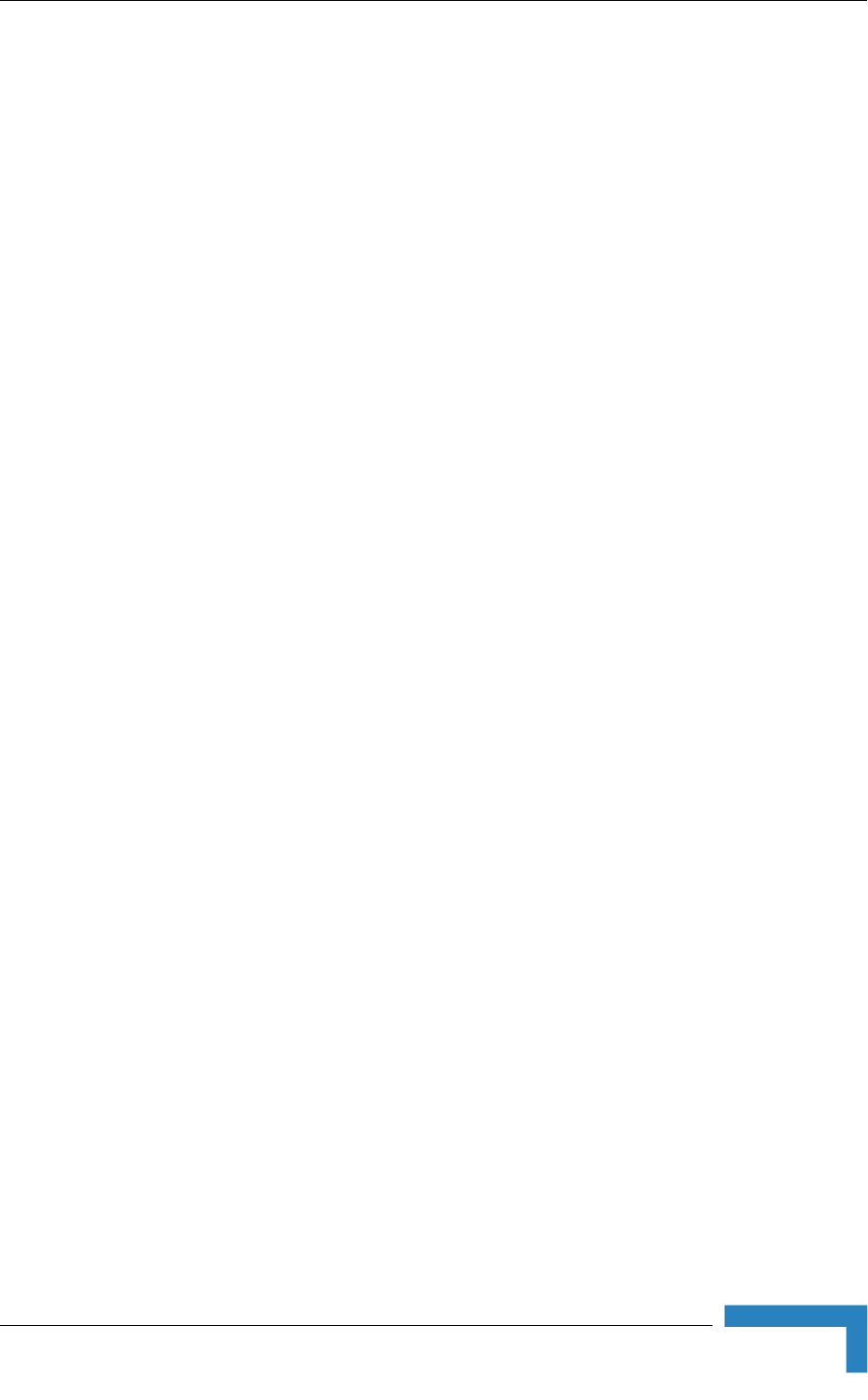User's Manual

Installing the Base Transceiver Station (BTS) Equipment
4Motion System Manual 67
Total maximum power required excluding ODUs: 252/0.8 (PSUs Efficiency) + 35
(PIU) = 350W
When calculating the power requirements associated with the ODUs, we should
distinguish between the peak power consumption (maximum current during Tx)
and the average power consumption (taking into account Tx/Rx split ratio) that
affect the requirements from a backup power source.
For a 2.x GHz system, the peak power consumption of 12 ODUs under worst
conditions is 12*89 = 1068W. Thus, the maximum peak power of the system is
350 + 1068 = 1418W (35A @ -40.5 VDC).
The maximum average power consumption of each ODU, assuming UL-DL
(Rx/Tx) ratio of 12-34 is (15*12+89*34)/46 = 70W. Thus, the maximum average
power required for the whole system is 350 + 70*12 = 1190W (29.4A @ -40.5
VDC).
2.3.4 HOT SWAP Support
The NPU, AU, and PIU modules includes a blue HOT SWAP LED and a
micro-switch in the injector/ejector handle to support hot-swap control. After
releasing the ejector's button, the HOT SWAP LED should turn on, indicating that
power to/from the back-panel is disconnected and the module can be removed
safely.
2.3.5 Power Interface Unit (PIU)
The single Euro PIU module serves as the interface between the BTS site's DC
power source and the BTS Chassis Power Supply Units and external ODUs, which
receive power via the IDUs.
The PIU filters and stabilizes the BTS input power and protects the system from
power problems such as over voltage, surge pulses, reverse polarity connection
and short circuits. It also filters high frequency interference (radiated emissions)
and low frequency interference (conducted emissions) to the external power
source. Each BTS chassis contains two slots for an optional 1+1 PIU redundancy.
One PIU is sufficient to support a fully populated chassis. Two PIU modules
provide redundant power feeding (two input sources) while avoiding current flow
between the two input sources.










